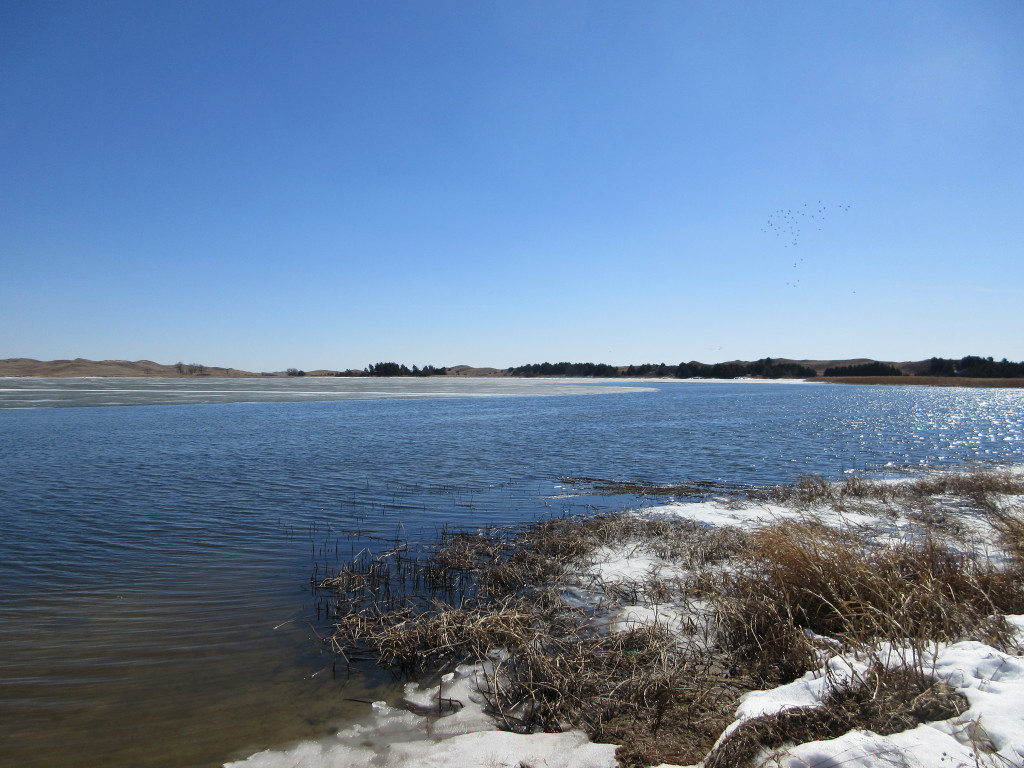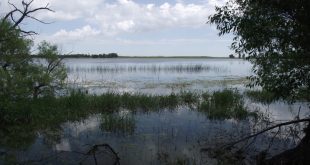It is early spring and our waters are cold. Without a doubt I hear anglers ask more about water temperatures at this time of year than any other. There may be some reasoning behind that, but water temperature may not be as important as some think it is.
Don’t get me wrong. I have carried a thermometer of some kind with me on every fishing trip since I was a kid. I have logged water temperatures from thousands of fishing trips. Like many other anglers, I can show you charts of supposed important temperatures for a variety of species of fish.
It don’t mean nothing.
Again, don’t misunderstand. No doubt fish are keenly aware of the temperature of their environment. As a matter of fact, their body temperature is pretty much the same as the water temperature. There are volumes of research on water temperatures and thermal tolerances of fish. It is important. However, if you are looking for “magic temperatures” at which bass start biting, or walleyes start spawning. Keep looking. Those temperatures do not exist.
There may be an element of truth in charts that list “optimal” temperatures, or spawning temperatures, but those temperatures are NOT switches or magic. Furthermore, we all know that “optimal” seldom occurs in nature.
Yes, different species of fish have different temperature tolerances. That is why we have warmwater fish (e.g. largemouth bass, flathead catfish), coldwater fish (e.g. trout), and in between, coolwater fish (e.g. walleye, muskellunge). Within those tolerances, different species can survive and even thrive over a range of temperatures. Yes, there are optimums where metabolism may be most efficient. In addition, there are upper and lower lethal temperatures at which they cannot survive.
The upper and lower lethal temperatures are important boundaries. Those temperatures explain the ranges where different fish species are found. In fact they are THE reason why certain species do not thrive in certain parts of the country, continent, and even within Nebraska. Surprisingly, fish may show little sign of stress as they approach lethal temperatures. In fact, as they approach upper lethal temperatures they may continue to feed heavily right up until that last degree where they perish. In general, metabolism rates increase with increasing temperatures. So, they may have to feed heavily right up until their upper lethal temperature. They have to maximize energy intake.
Temperature can be a cue triggering spawning activity. However, there are a lot of variables that can cue spawning, and temperature is often one of the least important. Photoperiod, the amount of daylight, is a more important cue triggering spawning in many species. If you think about it, that makes sense. Weather is schizophrenic in Nebraska in the spring. It is common to see water temps. warm to “magic” spawning temperatures only to plunge with a spring snow storm. If temperature were THE spawning cue, spawning would commence and fragile eggs or fry would be wiped out with a change in weather. I have seen walleyes spawning in Nebraska waters April 1 literally the day the ice went out. In other years I have seen walleyes spawning April 1 with water temps. well into the 50’s F.
It is all relative
I said all of that to say this: Do NOT get hung up on water temperatures, especially in the spring. It really makes no difference whether the water temp. is 43.6 degrees F or 52.3 degrees F. What does make a difference is the water being WARMER. It is all relative!
Do not take water temps. in the spring looking for specific “magical” temps. Instead, you are comparing temperatures from one area of a waterbody to another, comparing temps. from one waterbody to another, comparing water temps. from one trip to the next.
Look for areas where the water can warm. Areas protected from cold north and northwest winds are especially good to target in early spring. Shorelines exposed to the warmth of the afternoon sun are other good spots. The color of the water and especially bottom substrates can make a difference as darker colors tend to absorb more heat. Shallows warm faster than deep water.
In general, fish slower at colder temps. Sure, there are always exceptions, but start slow and speed up from there. Oh, how slow? Sometimes as slow as you can make yourself fish, and then go even slower. When the water temp. rises a couple of degrees, experiment with faster retrieves and faster presentations.
Absolutely, get a thermometer and use it! More importantly, know what water temperature does and does not mean. Know how it can help you catch more fish.
 Nebraskaland Magazine
Nebraskaland Magazine






